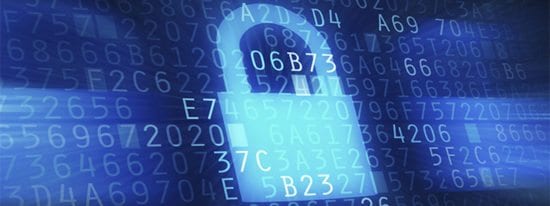October is a month known for many things: the change of seasons, the approach of Halloween, and, importantly, Cybersecurity Awareness Month. This year is especially momentous as it marks the 20th annual Cybersecurity Awareness Month, a collaborative effort launched by the Department of Homeland Security (DHS) and the National Cyber Security Alliance (NCSA).
The Origin and Evolution of Cybersecurity Awareness Month
Cybersecurity Awareness Month had its beginnings in 2003 as a modest campaign to educate the public on the importance of digital security. Over the years, it has grown exponentially, both in reach and importance. The rapid digitization of our lives has led to a myriad of security risks that were almost unimaginable two decades ago.
The initiative, led by the DHS and NCSA, aimed to raise awareness and understanding among Americans about the importance of cybersecurity and to provide the resources needed for people to be safer and more secure online. The collaboration of government agencies, businesses, and communities has made this a strong and impactful initiative, a true testament to what can be achieved when society comes together for a common goal.
Secure Our World: The 20th-Anniversary Theme
This year’s theme, “Secure Our World,” is not just a motto for October but a year-round mantra that will carry forward into future Cyber Awareness Months. It focuses on four steps every individual can take to stay safe online:
1. Be cautious and aware: Always be skeptical of unknown links and emails. Awareness is the first line of defense.
2. Update and patch: Always keep your operating system and software up-to-date. This is essential in defending against known vulnerabilities.
3. Secure your data: Use strong, unique passwords and enable two-factor authentication wherever possible.
4. Stay informed: Continually educate yourself about the latest security threats and how to deal with them.
Why Cybersecurity Matters Now More Than Ever
We live in an age where our lives are increasingly integrated with the digital realm. From smart homes to online banking, the lines between the physical and virtual worlds are blurring. And as our dependency on technology grows, so does the significance of ensuring our digital lives are secure.
The rise in cybercrime rates, including identity theft, ransomware attacks, and data breaches, has shown that cybersecurity isn’t just an IT issue but a societal one. It impacts individuals, corporations, and even nations. The responsibility to maintain digital hygiene is not solely on cybersecurity experts but should be a collective effort.
Calling Cybersecurity Experts to Share Insights
We’ve touched on the origins, evolution, and importance of Cybersecurity Awareness Month, and we now invite experts in the field to comment below. Your insights, tips, and experiences are invaluable in enriching public understanding of this critical issue. Whether you’re a seasoned security consultant or someone who has witnessed the consequences of lax security measures, your perspective is needed.
In conclusion, Cybersecurity Awareness Month serves as an annual reminder that maintaining digital hygiene is everyone’s responsibility. The theme, “Secure Our World,” encourages us to take the four essential steps to stay safe online and reinforces the importance of collective action.
This year, as we celebrate the 20th anniversary of this crucial initiative, let’s not just raise awareness but also take concrete actions to secure our world—both digital and physical.
The opinions expressed in this post belongs to the individual contributors and do not necessarily reflect the views of Information Security Buzz.



